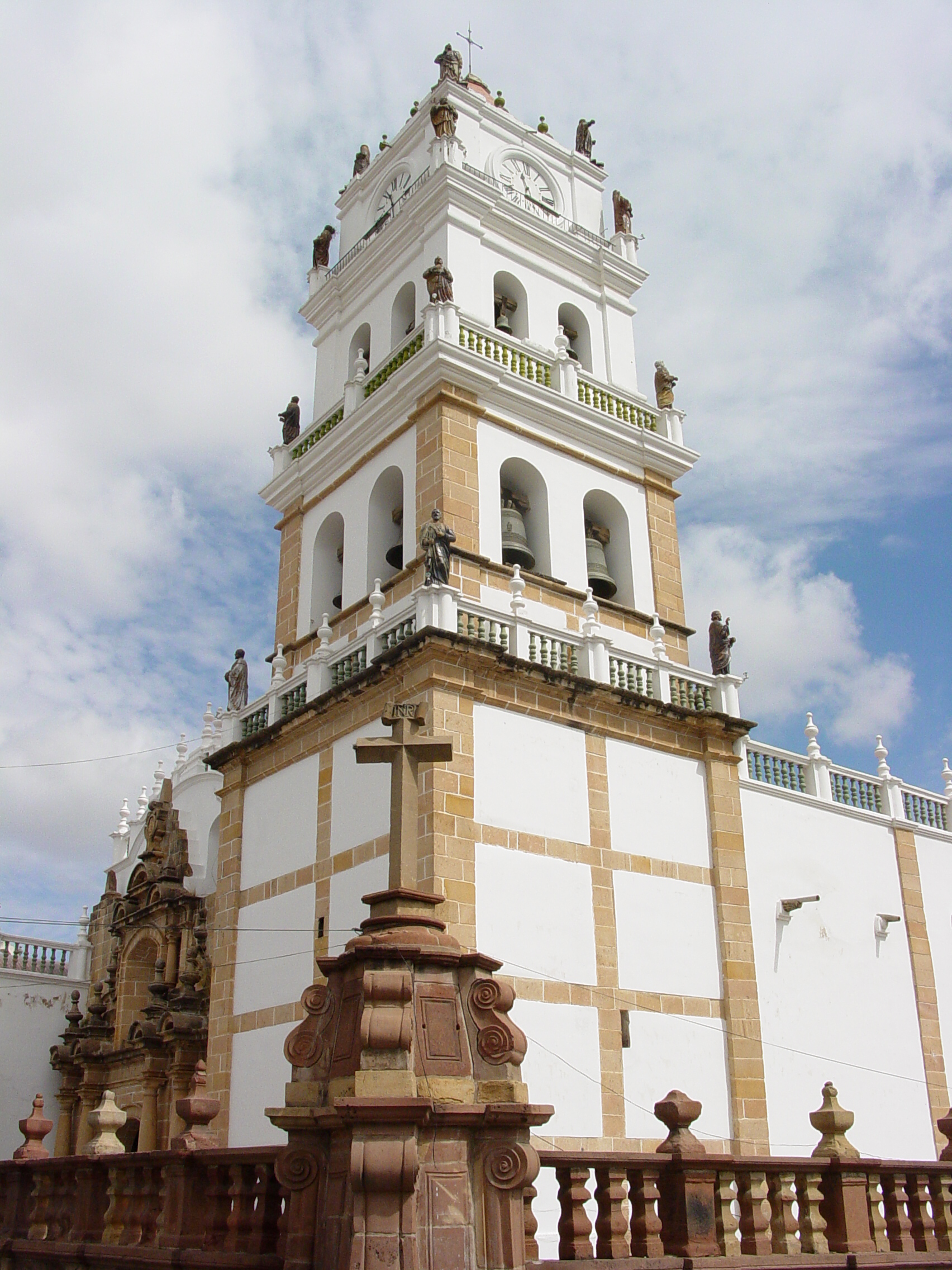Bolivia
 Bolivia,; ; ; ; Quechua: ''Puliwya'' }} officially the Plurinational State of Bolivia, }} is a landlocked country located in western-central South America. It is bordered by Brazil to the north and east, Paraguay to the southeast, Argentina to the south, Chile to the southwest, and Peru to the west. The seat of government and administrative capital is La Paz, which contains the executive, legislative, and electoral branches of government, while the constitutional capital is Sucre, the seat of the judiciary. The largest city and principal industrial center is Santa Cruz de la Sierra, located on the Llanos Orientales (eastern tropical lowlands), a mostly flat region in the east of the country.
Bolivia,; ; ; ; Quechua: ''Puliwya'' }} officially the Plurinational State of Bolivia, }} is a landlocked country located in western-central South America. It is bordered by Brazil to the north and east, Paraguay to the southeast, Argentina to the south, Chile to the southwest, and Peru to the west. The seat of government and administrative capital is La Paz, which contains the executive, legislative, and electoral branches of government, while the constitutional capital is Sucre, the seat of the judiciary. The largest city and principal industrial center is Santa Cruz de la Sierra, located on the Llanos Orientales (eastern tropical lowlands), a mostly flat region in the east of the country.The sovereign state of Bolivia is a constitutionally unitary state divided into nine departments. Its geography varies as the elevation fluctuates, from the western snow-capped peaks of the Andes to the eastern lowlands, situated within the Amazon basin. One-third of the country is within the Andean mountain range. With an area of , Bolivia is the fifth-largest country in South America after Brazil, Argentina, Peru and Colombia, and, alongside Paraguay, is one of two landlocked countries in the Americas. It is the 27th largest country in the world, the largest landlocked country in the Southern Hemisphere, and the seventh largest landlocked country on earth, after Kazakhstan, Mongolia, Chad, Niger, Mali, and Ethiopia.
The country's population, estimated at 12 million, is multiethnic, including Amerindians, Mestizos, Europeans, Asians, Africans and some other mixtures throughout. Spanish is the official and predominant language, although 36 indigenous languages also have official status, of which the most commonly spoken are Guaraní, Aymara, and Quechua.
Well-before Spanish colonization, the Andean region of Bolivia was part of the great Incan Empire, while the northern and eastern lowlands were inhabited by independent tribes. Spanish ''conquistadores'', arriving from Cusco, Peru, and Asunción, Paraguay, forcibly took control of the region in the 16th century. During the subsequent Spanish colonial period, Bolivia was administered by the Real Audiencia of Charcas. Spain built its empire, in large part, upon the silver that was extracted from Bolivia's mines. After the first call for independence in 1809, sixteen years of fighting would follow before the establishment of the Republic, named for Simón Bolívar. Over the course of the 19th and early 20th centuries, Bolivia lost control of several peripheral territories to neighboring countries, such as Brazil's claiming of the Acre territory, and the War of the Pacific (1879), in which Chile seized the country's Pacific coastal region.
Bolivia experienced a succession of military and civilian governments until Hugo Banzer led a CIA-supported coup d'état in 1971, replacing the socialist government of Juan José Torres with a military dictatorship. Banzer's regime cracked-down on left-wing and socialist opposition parties, and other perceived forms of dissent, resulting in the torturing and murders of countless Bolivian citizens. Banzer was ousted in 1978 and, twenty years later, returned as the democratically elected President of Bolivia (1997–2001). Under the 2006–2019 presidency of Evo Morales, the country saw significant economic growth and political stability.
Modern Bolivia is a charter member of the UN, IMF, NAM, OAS, ACTO, Bank of the South, ALBA, and USAN. Bolivia remains a developing country, and the second-poorest in South America, though it has slashed poverty rates and now has one of the fastest-growing economies on the continent (in terms of GDP). Its main economic resources include agriculture, forestry, fishing, mining, and goods such as textiles and clothing, refined metals, and refined petroleum. Bolivia is very geologically rich, with mines producing tin, silver, lithium, and copper. The country is also known for its production of coca plants and refined cocaine. In 2021, estimated coca cultivation and cocaine production was 39,700 hectares and 317 metric tons, respectively. Provided by Wikipedia